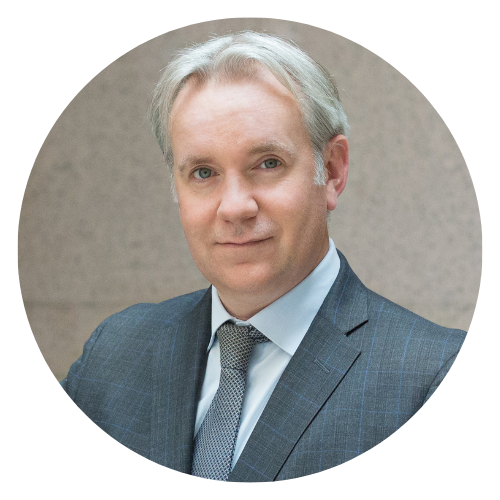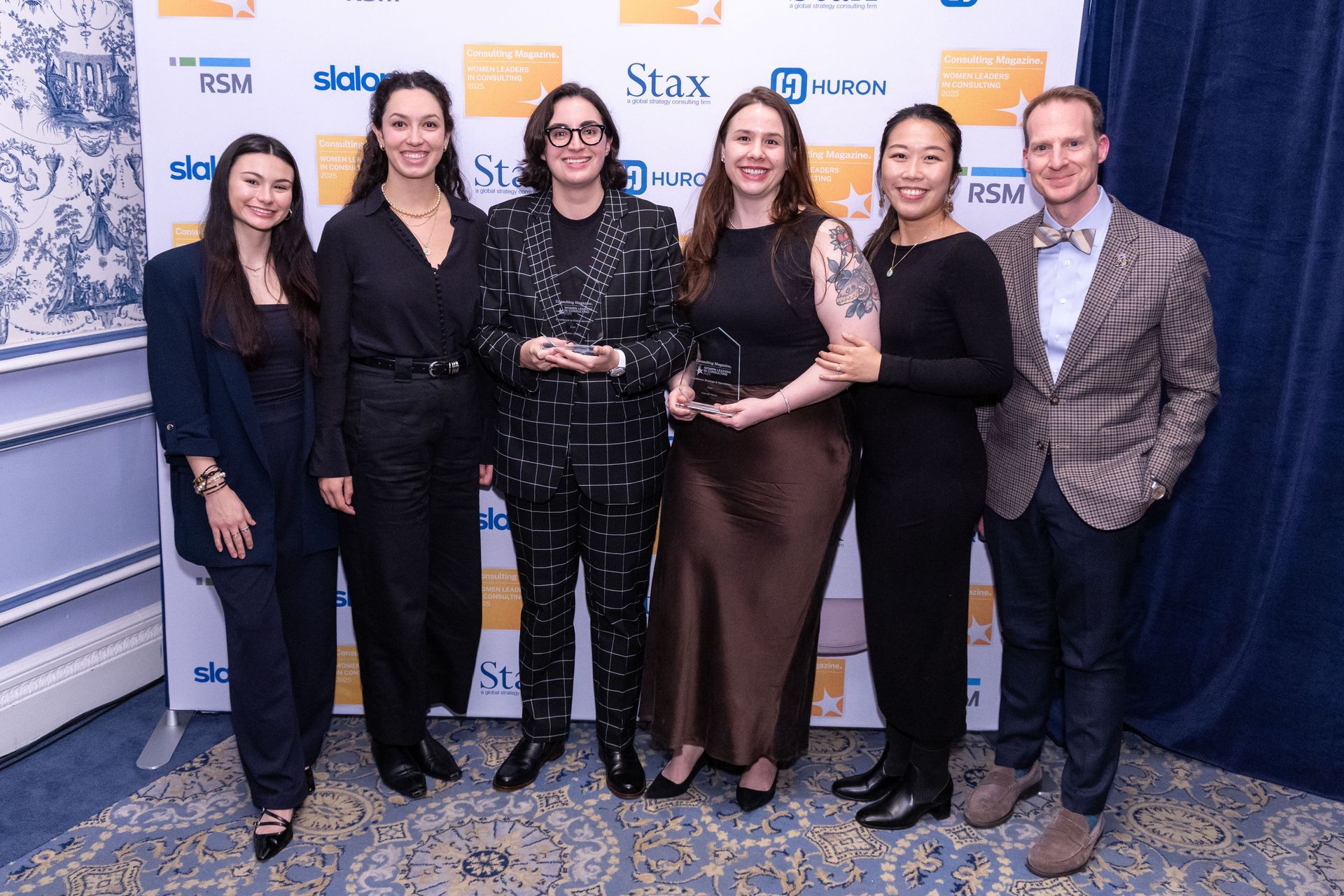Share
This article was originally featured by StacheCow and written by Victoria Campisi.
Many private equity firms evaluate hundreds of brands each year — but only a few stand out. As economic conditions shift and competition for capital intensifies, franchise founders need to understand how investors think and what truly moves the needle during a deal process.
StacheCow sat down with Paul Edwards, managing director at Stax, to discuss the top traits PE firms look for in a brand, why leadership alignment matters more than ever, and how brands can prepare for a stronger, smoother exit.
StacheCow: When looking at a brand to potentially acquire, what are some of the traits you are looking for?
Paul Edwards: The traits we look for are:
- A Defined Customer or Ideal Customer Profile (ICP): Having a well-defined customer or ICP shows that the brand understands its target market and how to reach it. This clarity makes go-to-market strategies repeatable and scalable. Whether it’s a specific buyer persona or a clearly segmented market, PE firms want to see brands that know who they serve, why they win and how to win more of them. A loyal customer base is a huge plus too — PE believes a lot in brand “communities” and having an established community is a key part of brand success.
- Niche Market Leadership: PE firms value brands that dominate, or have the potential to dominate, a specific niche — ideally #1 or #2 in their defined segment is better than being #5 in a much larger segment. They look for strong brand equity, customer trust and not being at “fashion” or “fad” risk.
- Growth Potential: A brand should have clear, actionable growth levers, such as new products, markets or geographies. PE firms are drawn to brands with opportunities for cross-selling, upselling or digital modernization. Essentially, does the brand have permission to expand from its current customer, or current price point, or current offering?
StacheCow: How important is the founder/leadership to your purchase decision?
Edwards: The founder/leadership team is often a deciding factor, especially in deals where the brand’s success is closely tied to the founder’s vision or relationships. Even with a great product, a weak or misaligned team can kill a deal. That said, a founder that’s not going to be flexible in expanding a brand or considering acquisitions can kill a deal for other reasons.
StacheCow: How important is the due diligence process?
Edwards: It's crucial as it confirms the brand’s positioning, customer loyalty, pricing power, and growth potential. Ultimately, a brand's strength and very definition is in the eyes of the market and its customers, not management, so hearing from them tells the best story. Of course, operational risks are a key part of diligence too, especially around any legal liabilities, IP concerns, customer concentration, supply chain fragility, etc.
Moreso in diligence, PE firms are also able to start shaping the value creation direction for the business too, so diligence is often used to unearth and validate those brand permissions.
StacheCow: What is the number one thing a brand can fix now to impact the exit later?
Edwards: Know your customer. Define them, define why you’re best suited to serve them and why there is sustainability to that. Too often teams approaching exit feel the need to show breadth or “new,” and that often is just confusing. There is infinite, derisked growth potential within a defined and loyal base.
StacheCow: What is the number one mistake a brand makes when starting to exit?
Edwards: Starting too late. Simple as that. There should be no surprises to a brand in an exit process.







